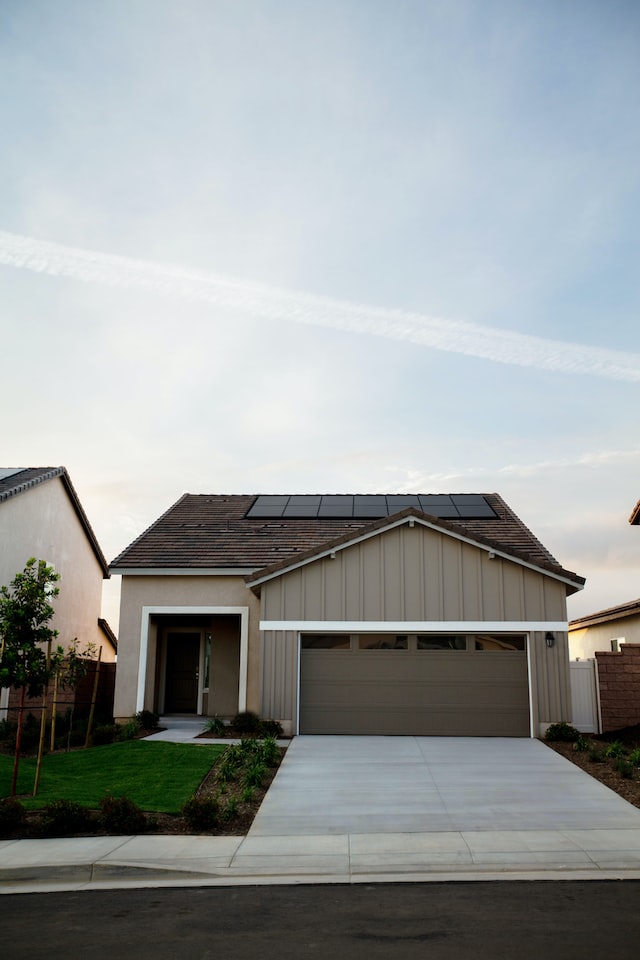Tarmac is a popular option for driveways across Scotland and the rest of the UK. Tarmac in Scotland provides a high-quality, durable surface that’s also relatively inexpensive to lay.
However, it’s important to note that not all tarmac is created equal. Poor tarmac can be dangerous for people with mobility issues.
Quality
Tarmac Scotland is one of the most popular surface materials for driveways, offering functionality and quality that are hard to beat. It also comes more affordable than other surfacing options such as block paving or imprinted concrete.
In addition, it has an easy maintenance factor, meaning you don’t have to worry about repairs and cleaning. This is a benefit that other surfaces don’t offer, which is why many homeowners choose it to install a new driveway or replace an old one.
In Scotland, a new surface course specification for thin surfacings has been developed by Transport Scotland and TRL, which has helped to improve material durability. This will help to deliver significant reductions in surfacing deterioration and reduce disruption to road users caused by road construction and maintenance.
Durability
The durability of a road surface is a critical factor in the longevity of the road. Pavements that are constructed with a base and binder course that are strong enough to withstand heavy traffic can last for decades without having to be rebuilt.
This is because the base and binder courses are layered over a thick granular layer, which enables the pavement to bear weight. This means that the pavement is not subject to the deterioration that concrete roads are.
However, this durability can also be compromised when the underlying base is not properly constructed. The sand, gravel and stones used to create the base must be well compacted, level and able to withstand fluctuations in temperature.
This can lead to the material deteriorating prematurely, which can have a negative impact on safety. This is why Transport Scotland has commissioned a review of thin surfacing for Scottish trunk roads, to improve its durability. The results of the review are being implemented on a trial basis, with a new Scottish surface course specification.
Safety
From the bridges and roads you drive on to the houses and skyscrapers you live in, tarmac is a part of your everyday life. It’s also one of those critical factors which determines the safety of construction workers and motorists alike.
A CRH company, Tarmac is the UK’s leading sustainable building materials and construction solutions business. As well as delivering materials from quarries to production sites, it provides transport and logistics services for its customers.
HGV drivers are a key part of Tarmac’s operations, so it’s vital they stay safe at all times. In an effort to improve safety and support driver training, Tarmac has implemented OneCard, a cloud-based smart card system which digitally captures a range of data about a driver’s qualifications and competence.
In addition, Tarmac has created an online National Logistics Dashboard to help improve the collection and analysis of telematics data for its fleet of HGVs. This allows the company to monitor performance and drive productivity, safety and sustainability improvements.
Cost
Scottish tarmac is relatively inexpensive to road lay and a prominent option for homeowners who want a high-quality look that will last a long time.
The cost of tarmac in Scotland varies depending on the size and shape of the driveway, the colour you choose and whether there are any obstructions. You should also allow for proper drainage, as the surface needs to slope away from your home so rainwater can run down and into a drain nearby.
To begin with, you need to remove any topsoil and prepare the area for laying the tarmac. A sub-base, consisting of a mixture of gravel and sand, is then laid down and compacted. Next, the binder course is poured, consisting of 20mm to 28mm coarse aggregate mixed in a bitumen binder. Finally, the surface layer is added and compressed with a roller for a smooth, professional finish.

